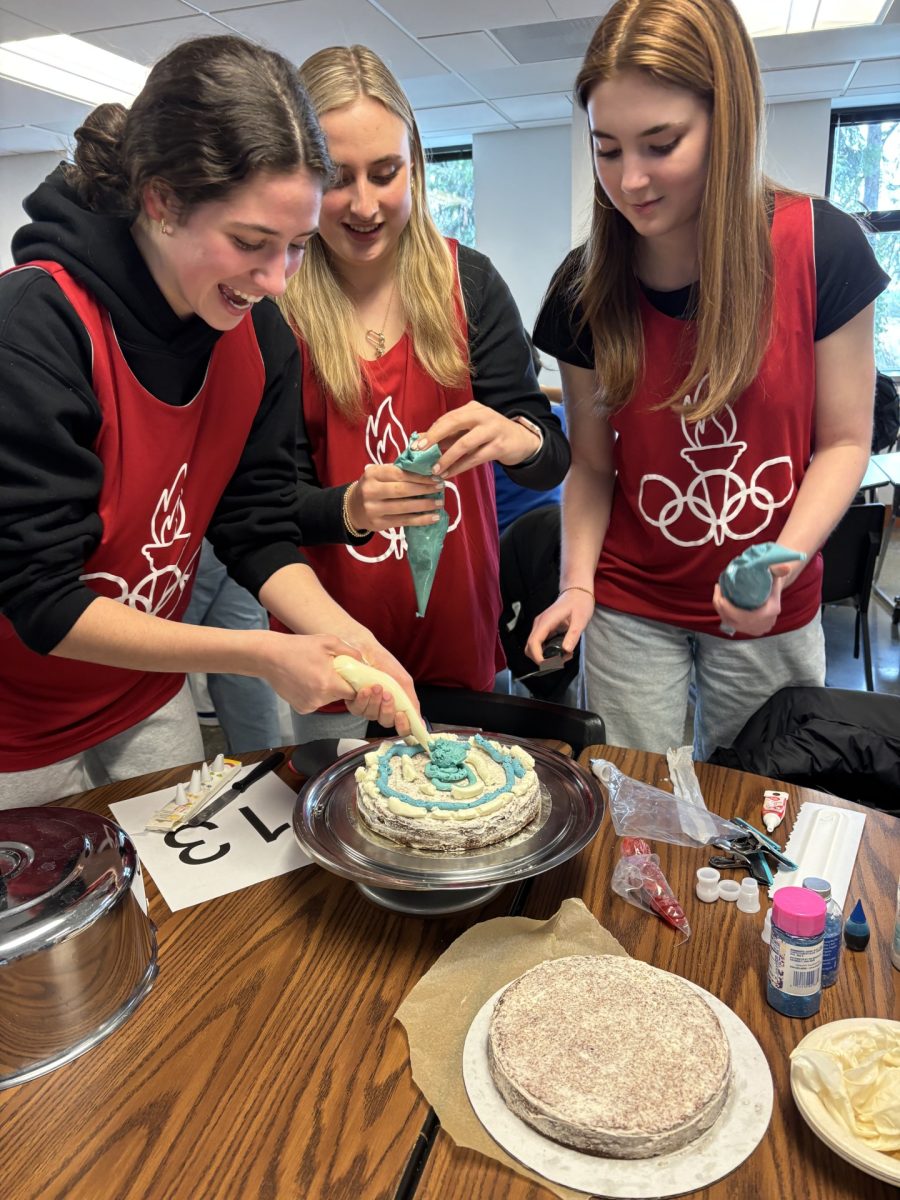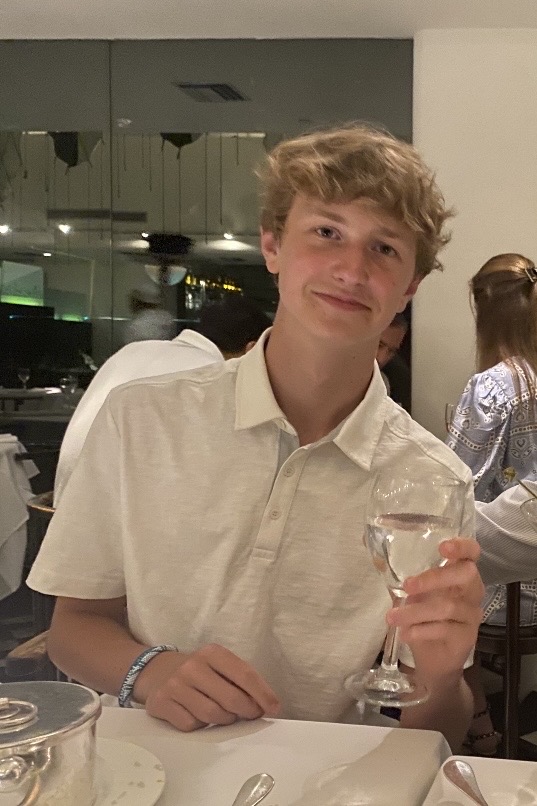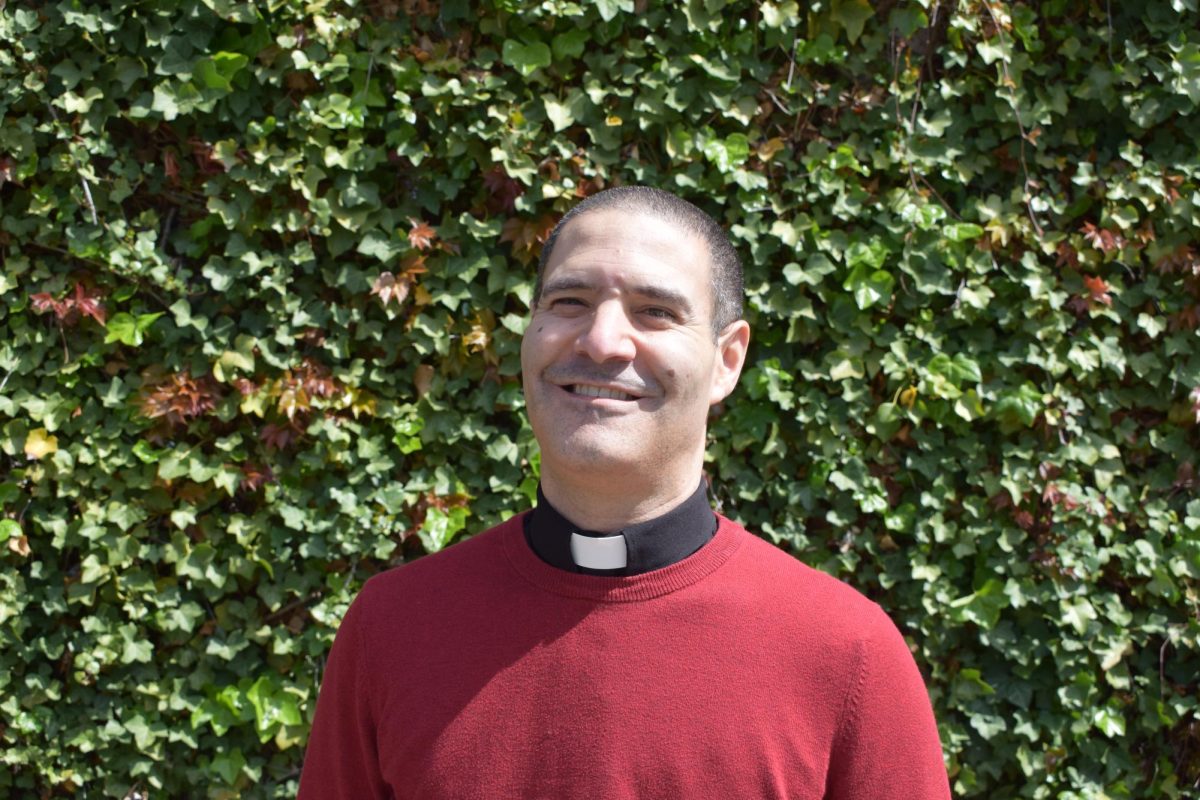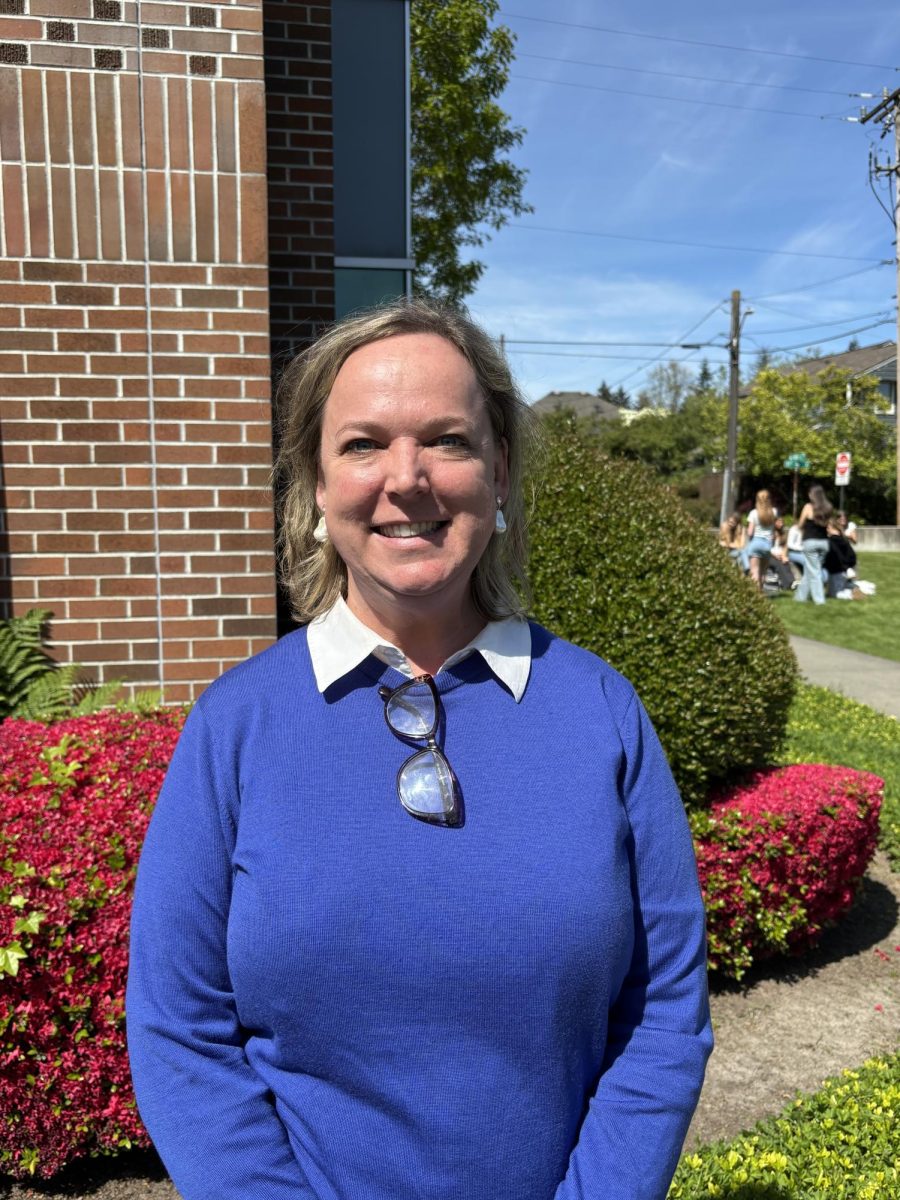This year’s freshmen, who are first time Olympians, may not have noticed a change in Seattle Prep’s most recent Olympic week. But seasoned sophomores, juniors, and seniors certainly noticed a difference in their attire. That’s right: the long-standing tradition of yearly class T-shirts has been exchanged for reusable pinnies. Each grade level now has a pinnie that corresponds to the class color: white for freshmen, green for sophomores, and red for juniors. Seniors will continue to receive their iconic blue shirts as a keepsake.
Since ASB executives began brainstorming Olympic week in January, environmental footprint has been at top of their minds. Each year, ASB spends a large majority of its budget ordering a shirt for each student; 785, to be exact.
Speaking to the environmental impact of the T-shirts is Dean Johnson, senior class president: “The big focus of the change was the environmental impact that we can reduce by switching to jerseys. Most T-shirts end up being single use and are thrown away soon after Olympic week. The jerseys are a one-time expense that can be used for a lifetime.”
The average cotton T-shirt uses more than 700 gallons of water in production. Tallied up, it equates to almost half a million gallons of water each year for Olympic week. The new jerseys are made from polyester. While polyester is a material derived from fossil fuels, they use significantly less water. In some cases, a polyester jersey will only require 13 gallons of water, a mere two percent of the water consumption of cotton.
Beyond the definite environmental benefits, the pinnies also come with significant cost savings for ASB. A recurring yearly cost eats into the budget while diverting time away from more valuable ventures.
“From my understanding it was somewhere around $8,000 that was used,” adds Johnson. “That is more than 75% of the ASB budget. I believe the jerseys cost a similar amount. However, it was a fixed cost this year that will be saving us massive amounts in the budget.”
Johnson noted that future ASB budgets may reflect the smaller amount of spending. However, ASB’s economic responsibility shows how Prep can cut waste—both in spending and resources.
And while the move may have been met with initial criticism, most students seem to understand and appreciate the change. Finn Greatorex, a sophomore and veteran Olympian, commented on the fantastic job done by ASB to execute the new jerseys.
“I wouldn’t like it if it wasn’t implemented so well,” commented Greatorex. “I really like the new pinnies and it’s nice that the seniors still get to keep theirs as a keepsake.”
As for the future, it may be hard to find ways to make such a rapid, dramatic improvement to Prep’s sustainability. However, that won’t keep ASB from searching for ways to ensure an environmentally friendly community.
“I think the idea of changing the T-shirts has really sparked us to stop taking everything at face value,” adds Johnson. “It’s a really bright example of what ASB can do and it’s the change I’m most proud of us for making.”





